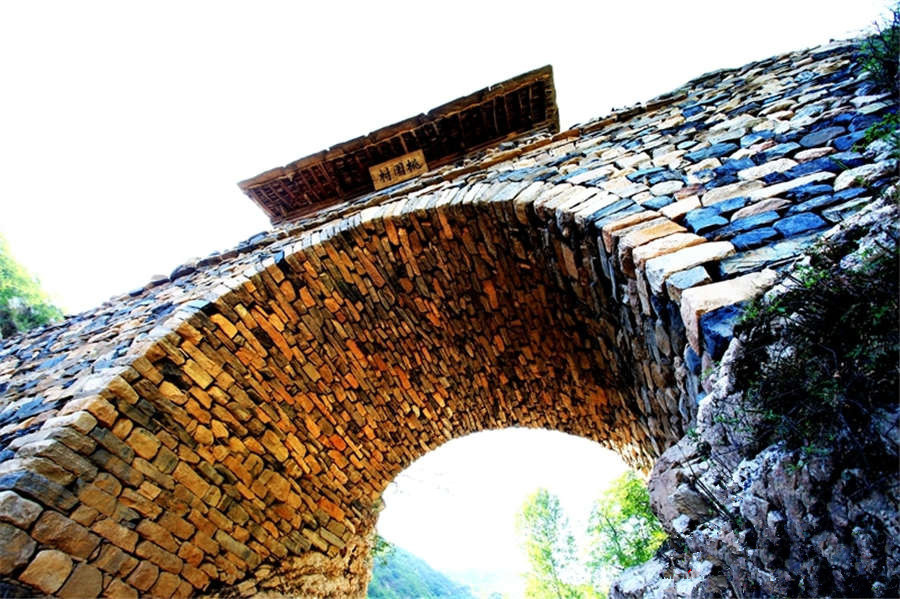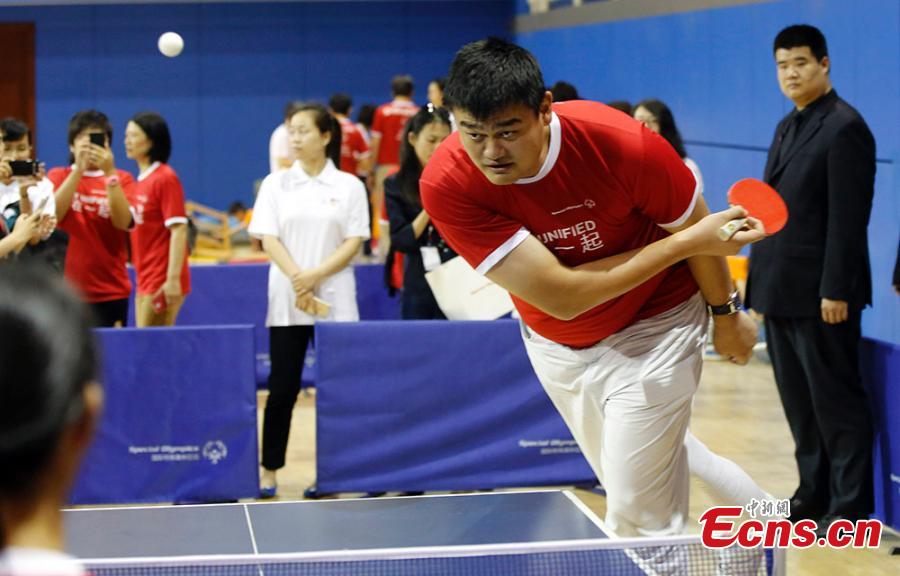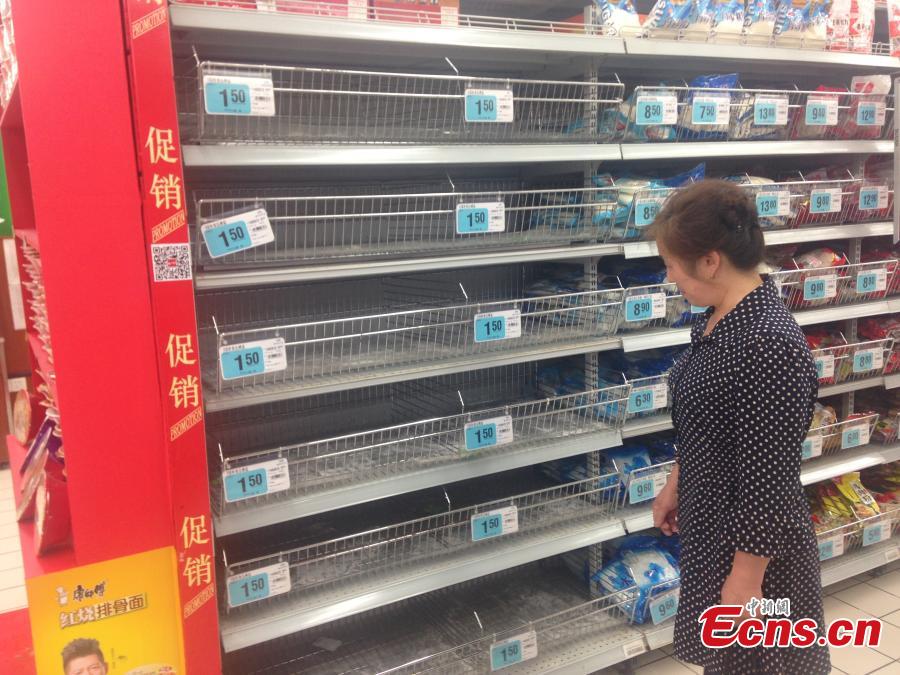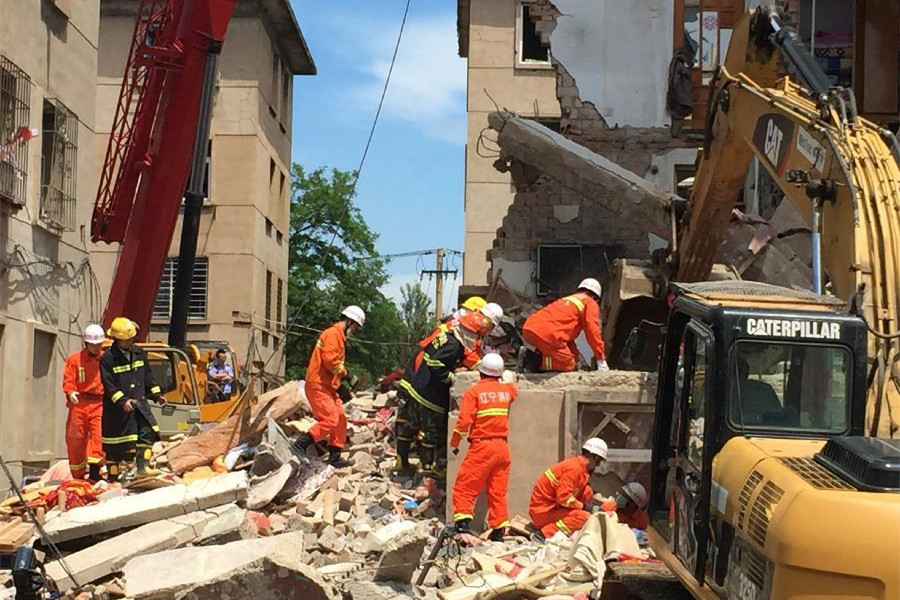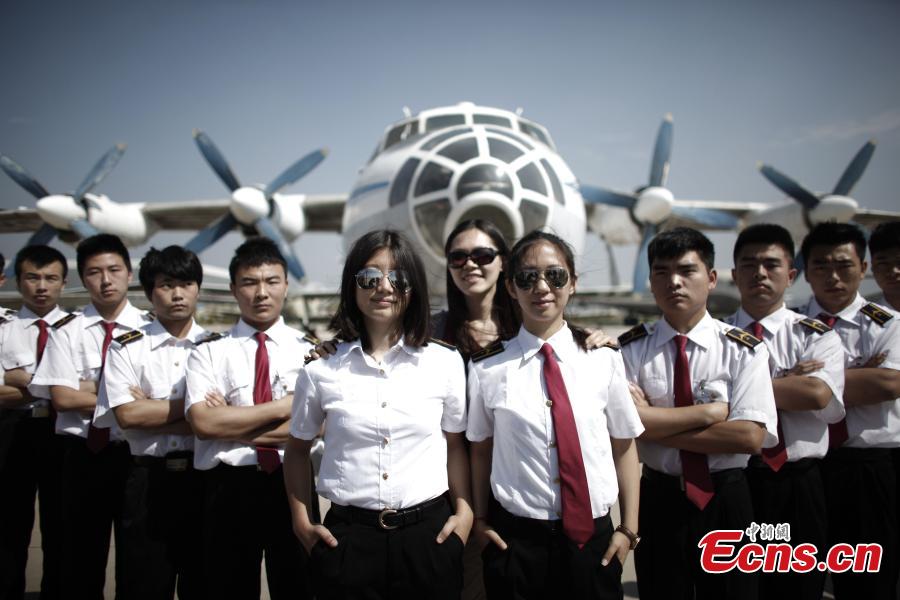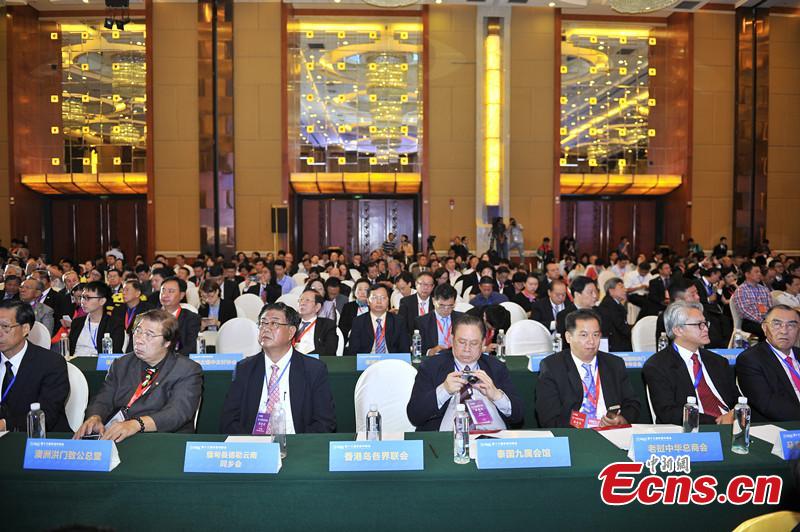(Ecns.cn)--China is the world's largest market and manufacturing base for elevators and escalators, an industry that continues to experience hectic growth. With that growth has come cut-throat competition, shoddy manufacturing and ineffective maintenance, making many people wonder: who will take responsibility?
Accidents more frequent
Tragedy struck on the morning of July 5 in Beijing, when a rising escalator suddenly changed direction at exit A of Zoo Station on subway Line 4, leaving a 13-year-old boy dead and 30 injured.
The accident happened because of a component malfunction and a sudden loosening of the escalator's drive chain, according to a statement released by the municipal Quality and Technical Supervision Bureau Wednesday.
Controversially, the escalator – an OTIS 513 MPE – was still in its guarantee period, and the manufacturer had just completed a routine inspection on June 22.
Only five days later, at least two people were injured when an escalator in a Shenzhen subway station suddenly reversed direction and caused several of its passengers to fall.
Meanwhile in Shanghai, an OTIS-made elevator in a Xuhui District office building suddenly dropped from the fourth floor on July 7, trapping more than 10 people inside when its doors jammed. The accident happened around noon when office workers were heading out for lunch.
The sudden rash of elevator and escalator accidents has stirred heated debate, with many worried that a deeply flawed supervisory system is behind it. "The development of China's elevator industry has been so fast that some important services have not been able keep to up with it," an expert told the Economic Observer.
Regulatory monopoly
"After paying about 1,000 yuan for training and accommodation, and passing an examination, you can get a certificate to operate special equipment, including elevators," the manager of an elevator maintenance company in Beijing told the newspaper. "It only takes five days."
Every one or two months, the company receives faxes from the Beijing Association of Special Equipment (BASE) requiring workers to take part in elevator maintenance training. Its fees are three or four hundred yuan higher than other training schools.
The BASE has also set up a special council, and any elevator company can become a member – once they pay the fee.
"If you don't participate, you may face difficulties during the inspection/approval process," the manager sighed.
There are two institutions qualified to issue such certificates in Beijing, including the Beijing Special Equipment Inspection Center (BSEIC) and the BASE. The first is affiliated with the Beijing Bureau of Quality and Technical Supervision (BBQTS). The second, set up in 2002, is a public organization attached to the special equipment supervision division of the BBQTS, an official with the institution told the newspaper.
The two institutions, together with their subordinates, have full authority over elevator inspection and approval in the city. It is a market monopoly, said Miao Busheng, president of the Beijing Elevator Chamber of Commerce. "Socializing the procedure of elevator inspection and approval would add more transparency to the industry," Bu said, urging the government to let more organizations or enterprises enter into the field.









